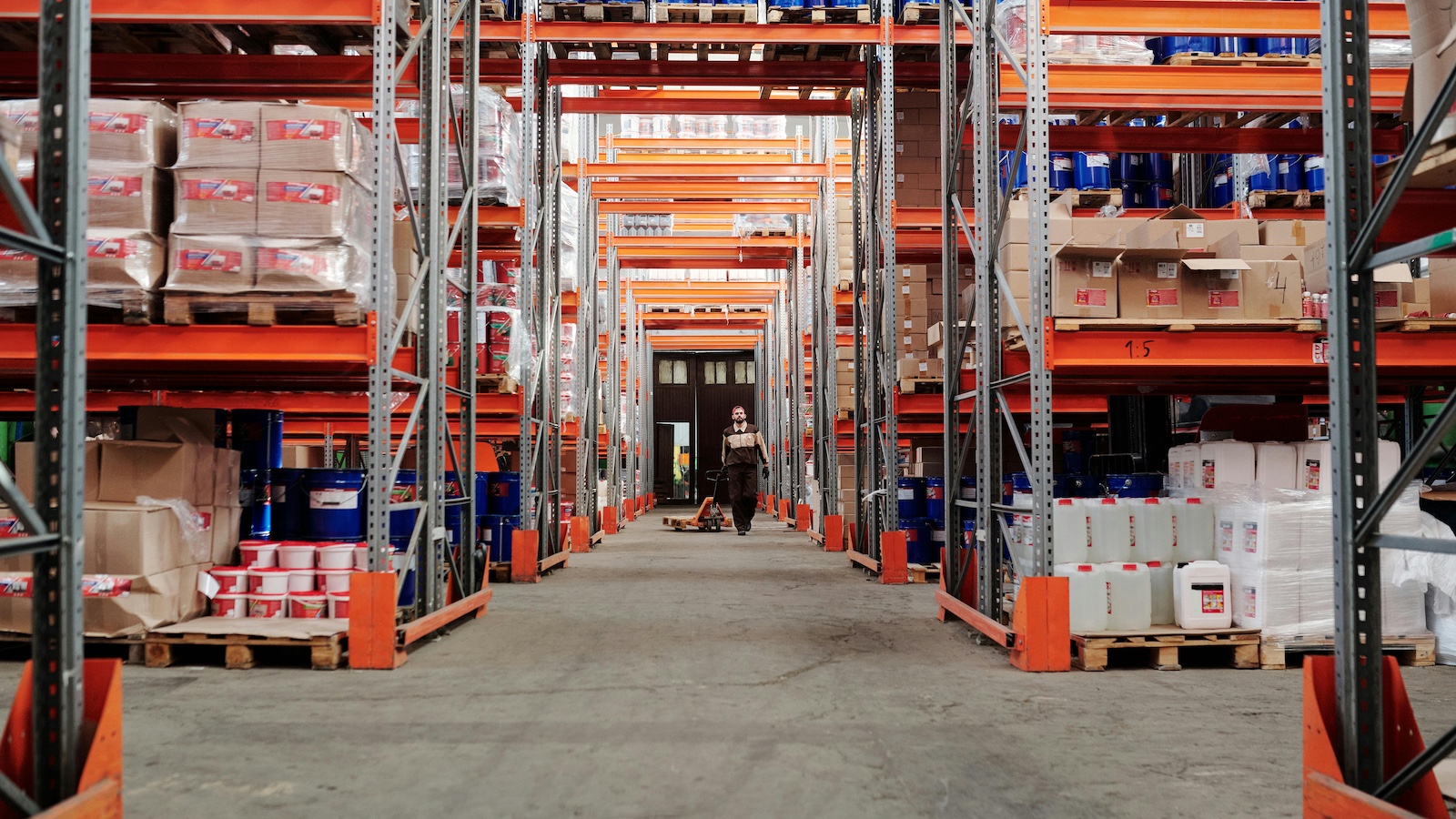Slips, trips and falls make warehouse jobs high-risk. Innovative tech — such as real-time telemetry, edge sensors and smart automation systems — can reduce hazards.
As connected material handling equipment improves operational safety and performance, the insurance industry is recalibrating how it measures and prices risk in warehouses and logistics hubs.
More Dynamic Risk Considerations
Traditional loss models relied on historical data, annual inspections and policyholder declarations to assess risk. This dated approach struggles to keep pace with automated warehouses, where operational conditions can change by the hour.
The MIT Warehouse of the Future Initiative has identified 26 technology-related vulnerabilities spanning software, hardware, networks, infrastructure and human-machine interfaces. These include:
- Robots running outdated firmware that cannot receive security patches
- Automated storage systems without mechanical overrides for jammed loads
- Conveyor control units with no backup power supply
These risks are not hypothetical. Picking operations in facilities could easily halt just because of one server outage. Even the lack of fire suppression access between tightly packed automated racking can escalate minor incidents into significant losses.
In modern facilities, material handling equipment functions as a distributed network of sensors, recording everything from forklift speed on wet floors to the temperature of battery charging bays. For insurers, this means static assessments are no longer enough.
Real-time telemetry can flag a spike in conveyor motor temperatures before overheating leads to a belt fire, detect abnormal acceleration patterns that suggest unsafe autonomous vehicle routing, or issue a micro-risk score for a specific shift when environmental humidity levels exceed design tolerances.
Data-Rich, Risk-Dense Environments
One key driver of change is the sheer data granularity that is now available. The latest market overview reveals that industry leaders are fitting about 1.3 million commercial vehicles with GPS intelligence systems to track their real-time location. These technologies capture high-resolution metrics such as shock events, proximity violations, battery levels and idle time.
From an insurance perspective, this means acting before accidents happen and setting prices based on real risk instead of industry averages. For example, a warehouse whose automated guided vehicles often collide or make sudden stops might pay higher premiums or be required to improve its safety systems.
New Liabilities and Coverage Gaps
Precision scanning and other forms of automation help prevent mistakes during nonstop order processing, which translates to fewer human error claims and lifting injuries, as robots do much of the heavy lifting. However, the automation also introduces risks that many policies do not yet cover. These vulnerabilities span:
- Software platforms
- Automated equipment
- Network connectivity systems
- Facility infrastructure
- Human–machine interactions
For example, although OSHA Standard 1910.178(l) requires all lift truck operators to complete certified training, incidents still occur when operators bypass built-in safety features like dynamic stability systems or proximity sensors. Such behavior blurs the line between human and machine fault, making coverage definitions more complex.
Policies need clear terms and limits for these risks, and insurers must assess the combined exposure from connected devices, especially in multi-site operations where one failure can trigger others.
Real-Time Pricing and Usage-Based Coverage
As connected warehouse equipment becomes more common, usage-based insurance also becomes more viable and practical. Real-time data from machinery can set premiums based on actual risk, not on traditional and theoretical estimations of facility size or equipment count.
Insurers in Brazil and Fiji are already testing parametric models in a regulatory sandbox in various sectors before applying permanent changes. While they focus on natural catastrophes, it is only a matter of time before the flexibility of agreed triggers trickles into the industry. These models give clients clarity and insurers flexibility but require tight integration with warehouse systems and the ability to process live data.
Operational Resilience and Policy Flexibility
Automation has not eliminated human error. It will always be possible wherever there is an interaction between a machine and workers. Much of the failure may occur at the system integration level, often caused by poor programming, misconfigured interfaces or inadequate employee training.
A recent report highlights that one of the five categories of disruptions in highly automated warehouses involves human–machine interactions, alongside risks like cyberattacks, power outages and technology failures.
This means that blanket exclusions for tech failures no longer work. Policies must be flexible, tailored to each system's setup, and consider both the technology and human behavior behind them. Only then will policies reflect real-world risk complexity and ensure minimal gaps in insurance protection.
Underwriting in the Age of Automation
Insurers now need deeper technical expertise that extends well beyond traditional risk assessment. Evaluating a modern warehouse requires an understanding of the following new tech:
- AGV fleet management software
- Operational technology cybersecurity protocols
- Edge computing architectures
- Warehouse control system integrations.
Additionally, risk teams should have direct access to real-time telemetry dashboards showing asset performance, error rates and operational anomalies, as well as digital maintenance logs that reveal component wear, firmware update histories and vendor service responsiveness.
This shift demands upskilling existing staff and recruiting talent with industrial automation, data analytics and cybersecurity backgrounds. Actuarial models must incorporate IoT-derived operational data, not just historical loss records. Underwriting must evolve to factor in equipment vendor track records, system design resilience, and update or patch management practices. A technically sound installation with poor update discipline can be riskier than an older system maintained to perfection.
Regulatory and Privacy Concerns
With more operational data flowing through automated warehouses, the stakes for compliance and cybersecurity are rising. Legal questions around privacy, data ownership and breach liability are increasingly relevant to the insurer–client relationship.
In late 2023, a cyberattack on Ace Hardware's key IT systems shut down distribution before the holiday rush, delaying online orders and store restocking for weeks.
For insurers, that incident signals several risks they must account for:
- Business interruption exposure: Even a short downtime in warehouse systems can cause prolonged revenue loss for the insured party, leading to large claims.
- Cyber risk overlapping with property and liability: The Ace Hardware attack targeted digital infrastructure, but its effects rippled into physical supply chains, creating blended loss scenarios.
- Seasonal risk amplification: Timing near peak retail periods can multiply losses, increasing claim severity.
- Vendor and system dependencies: Reliance on specific warehouse management system platforms means a breach at a single point can halt operations across multiple sites.
- Underwriting complexity: Insurers must evaluate risk beyond warehouse fire or theft, including the cybersecurity resilience of operational technology.
Insuring in the Age of Continuous Operational Risk
Connected material handling equipment is pushing the insurance sector toward a risk model that is dynamic, data-driven and deeply embedded in client operations. Warehouses are no longer static facilities but fluid ecosystems of people, machines and data flows. Only insurers that recognize this and build the infrastructure to support continuous assessment will gain a significant edge.






